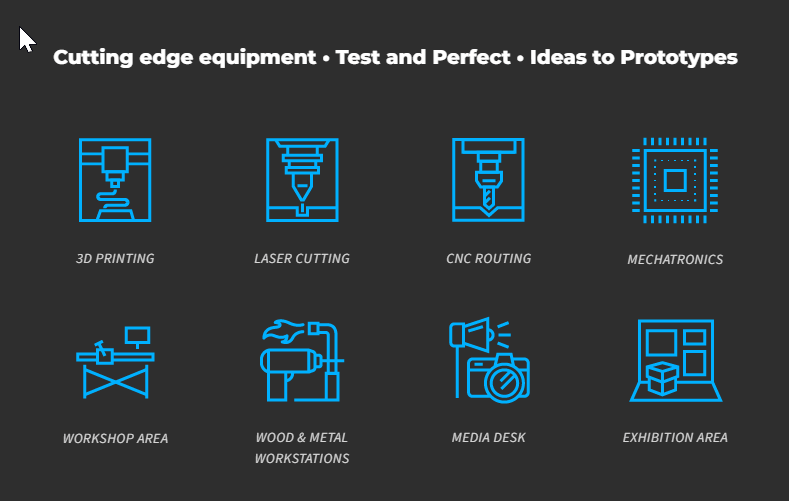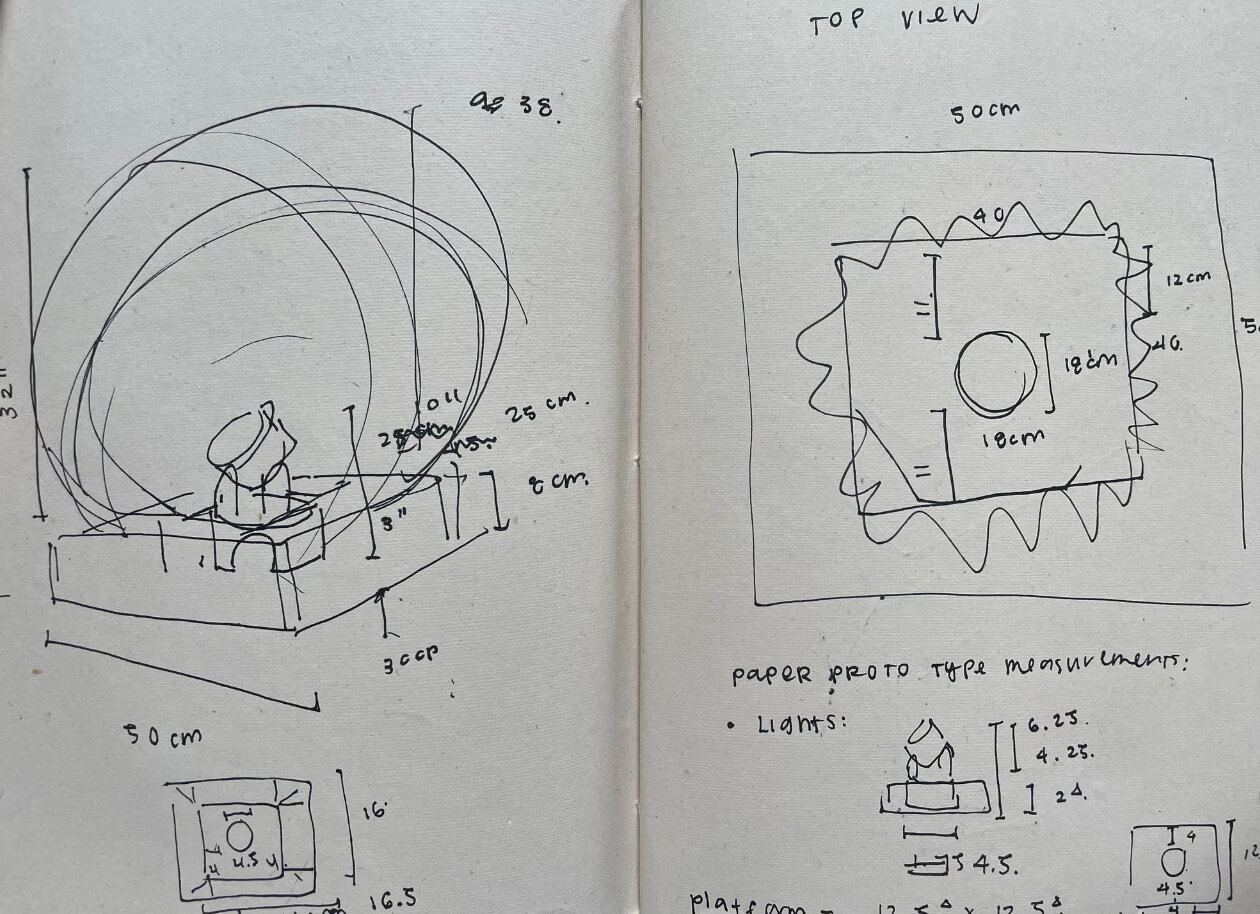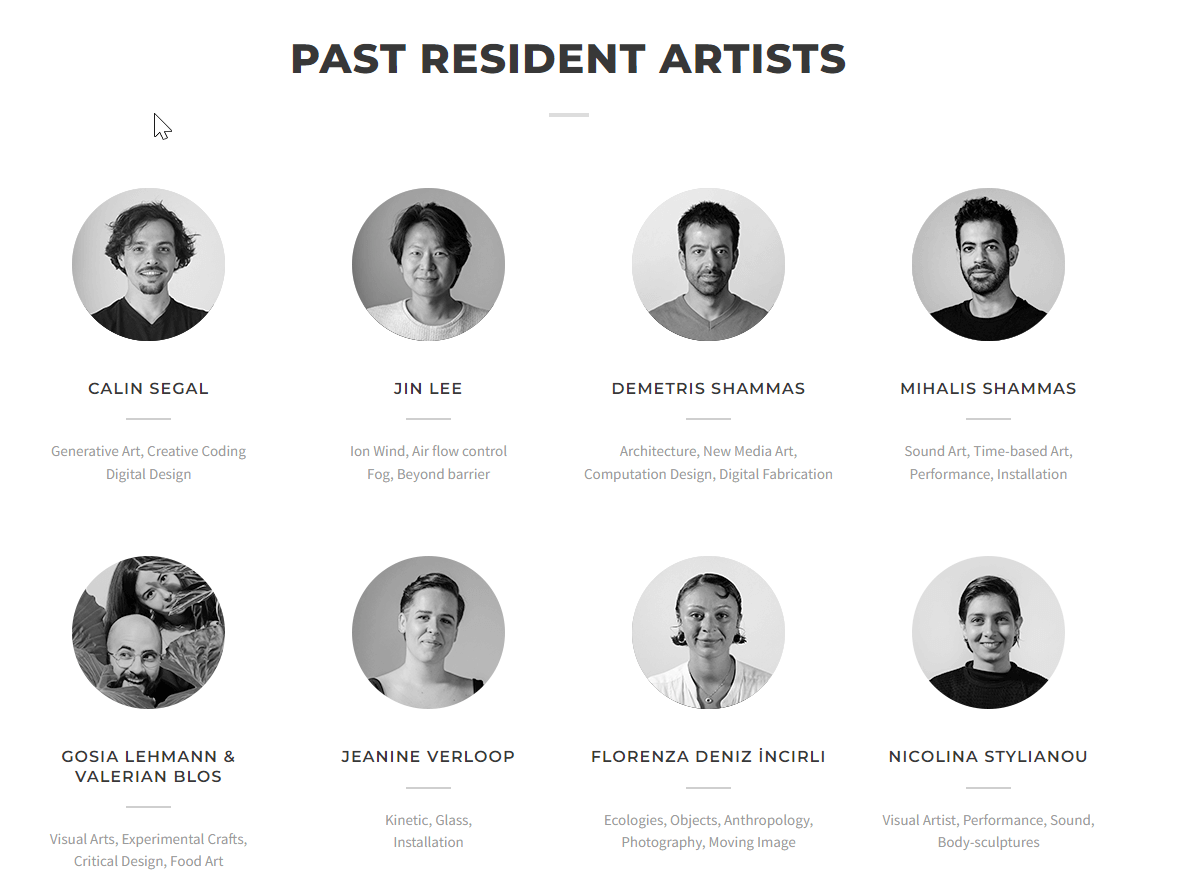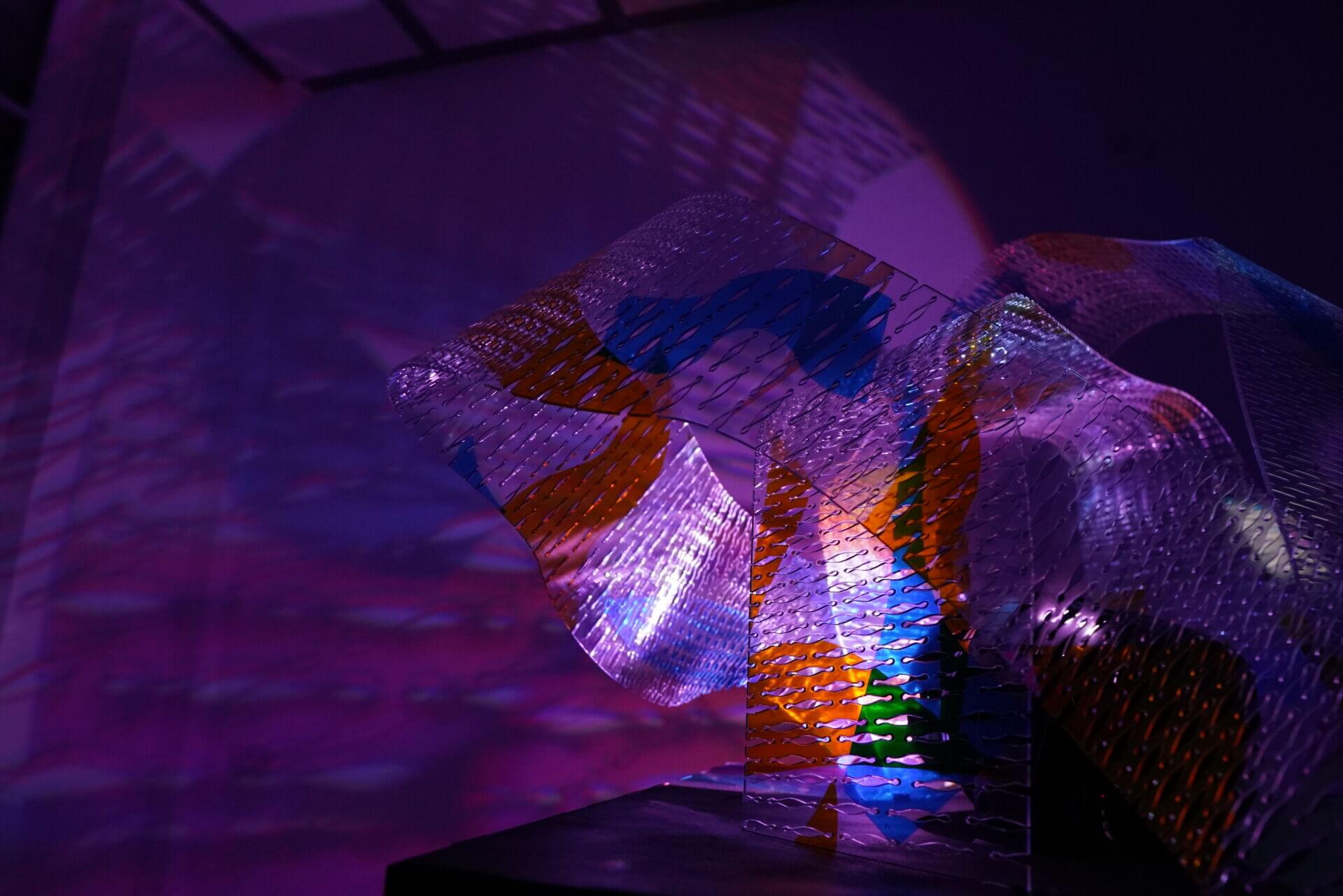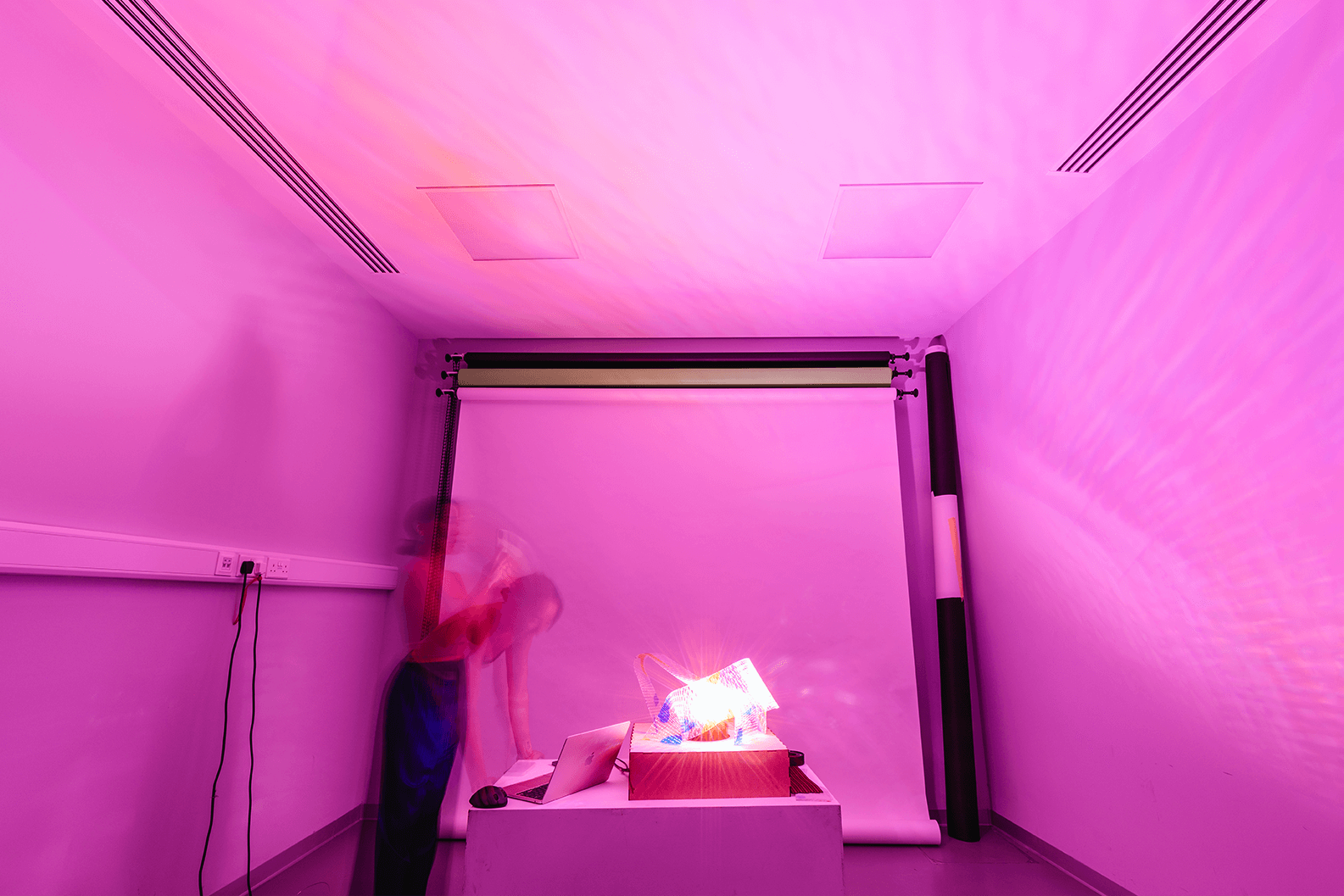Spending two months in a foreign country doing an art residency brings many challenges. What is the best way to use the time? How do I find resources and supplies to know the space? How can I take the most advantage of the art residency for my career? In this blog, I will go over my latest experience doing an art residency at Thinker Maker Space in Nicosia, Cyprus, and provide some takeaways and lessons I learned.
If you are unsure what an art residency is and want to learn more, The Interactive & Immersive HQ has additional resources to check out.:
Art Residency for Immersive Media Artists blog
TouchDesigner Art Residency Toolkit video
I also cover some common questions about art residencies in this video:
Questions Going-in
Having done a few art residencies, I realized every art residency is different and has different resources it can provide. Early on, a question to ask is
What does the residency have that will be difficult to do on my own? How can I take advantage of the location, the resources, and the community?
In the case of Thinker Maker Space, they have a lot of fabrication resources
Thinker Maker space has a variety of 3D printers, laser cutters, CNC machines, and a wood and metal shop with technicians available to help.
I wanted to take full advantage of the fabrication resources and the support in using them, yet I was still determining what I would fabricate.
What’s the best use of my time?
The art residency is eight weeks long, but the project needs to be completed by week 7. I dedicated the first week to exploration, the first month to fabrication, and the last few weeks to programming and troubleshooting.
Where can I get the supplies I need?
Is there a website where I can purchase gear? Is there a rental house nearby? Are there locals I can borrow equipment from? Who can I ask?
Luckily, many of the materials I was using for fabrication are available in Thinker Maker Space. I could ask the technical about local hardware stores and ship additional supplies on Amazon Germany. There is a moving DMX light for my project that I brought with me in my luggage.
What is the ask for the art residency?
Some residency has one showcase at the end; some deliverables are more formal. In the case of Thinker Maker Space, the agreement is for the resident to do a talk in the form of an interview video, a workshop, and an exhibition that is a minimum of up to two weeks. For my workshop and show, the timing aligned with the WIP, Work in Progress, festival.
The Process
The Plan
For my residency project, I propose to make a ‘digital sundial’ using location API to change the color, tilt, and position of a moving light that will cast shadows through a fabricated installation. I was comfortable programming the moving DMX light in TouchDesigner, but I needed to figure out how to approach the fabrication process.
I knew for the fabrication installation, I would want to take advantage of the resources at Thinker Maker Space and have it self-contained, scalable, and easily replicated if I needed to recreate it in a different location. Feeling overwhelmed by the amount of fabrication resources, it would be wise to limit the amount of material and method.
Early on during the “exploration” stage, I like to jot notes and sketch on a physical sketchbook. The process allows me to be less precious with my ideas and let the ideas flow.
Time Management
Having seven weeks to complete the project, organization is essential. I set a rough plan on Notion to create a project calendar. I would include research links and progress photos in Notion entries. I overestimate how long a process will take, so there is buffer room.
Finding Inspiration
It can be inspiring to check out past art residents’ work and to see their art residency projects to know what is possible to create during that time.
In the Thinker Maker Space, there are past projects all around the workshop space. I was curious about the wood projects that were curved from having laser-cut slits using the ‘kerfing’ process. I wanted to explore using that method on acrylic sheets and having that as the structure of my project.
Since acrylic is transparent, I want to play with layering them and using the kerfing patterns to create different shadows with light.
In the early stages, I enjoyed the exploration process. I try to avoid getting too stuck in the digital realm but sketch and prototype on paper. The idea for my structure came from cutting organic paper shapes and taping them down. My mini prototypes would be 1/3 of the actual scale I wanted.
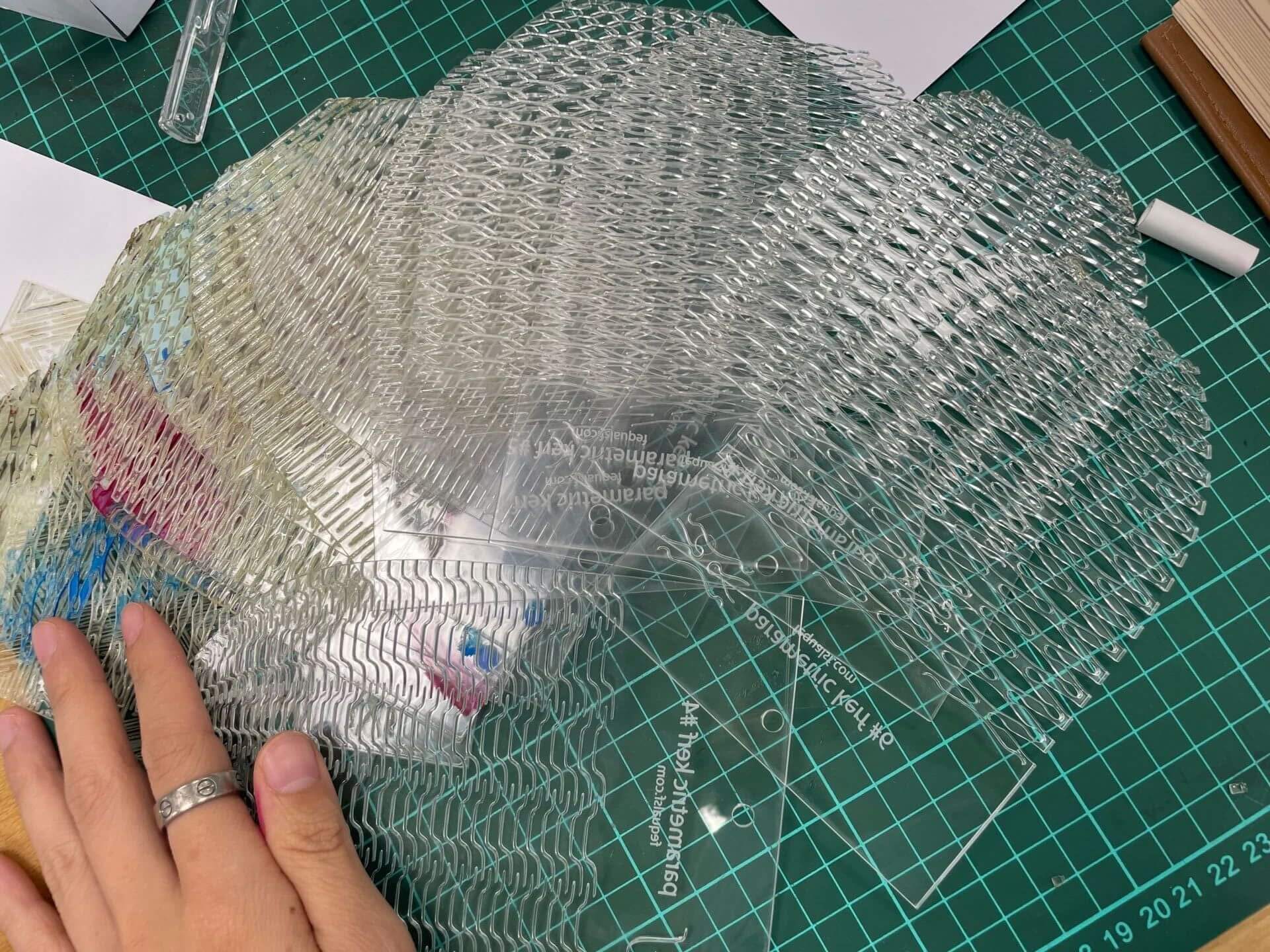
Research
I have yet to gain much experience working with laser cutting, so I dedicated the first two weeks to researching how kerfing works. At first, I wanted to make my kerfing patterns, but knowing the time constraint, I pivoted away from going into that rabbit hole. I found some great online resources that gave different kerfing designs to test different curve degrees.
I tested the swatch in 2mm acrylic sheets and 3mm acrylic sheets to compare to find a good balance of stability in structure while also giving an organic shape.

I snapped a lot of acrylic sheets during the process.
Expectation vs. Reality
Trying something new, things sometimes come out differently than planned. It is essential to stay flexible and appreciate what is working.
Getting Help
Early on, when I was testing how shadows would look with the moving light, I noticed that the light was too diffused and wasn’t casting any sharp shadows. With the help of the Thinker Maker Space technician, we found a 3D printer design of a camera aperture. They help modify the design to be an extension of the light. The aperture traps the light and gives sharp shadows for the moving light.
Know when to move on
Initially, I was fixated on making a 3D model of my structure in Fusion 360 before laser cutting. I have yet to have much experience using Fusion 360 and spent days figuring out how to make a curve design in the software. It is reasonable to try to learn new things, but in the end, it was better to design what I wanted to cut in Adobe Illustrator, cut it, and test it rather than get stuck on a new tool.
Another moment where I was overcomplicating a process, I spent half a week trying to make a model for a fingered wood box that would house the moving light. After I got the box cut, the finger hinges didn’t even align. Then, the laser cut technician informed me that there are websites where you can just input the design size, and it can give you a finger hinge box design.
Project Exhibition
Having the project up for at least two weeks, I needed to ensure the fabricated structure would stand and gravity wouldn’t get in the way. There are also questions to keep in mind.
What will the project run on?
I have the project run on a mini PC. You can find a mini PC for around $300-400 but know the limitations. The mini PC I was using has no GPU. It is fine just controlling DMX lights, but if it were a project using particles or more complicated systems, there would be an issue. Also, since there isn’t a GPU, the newer Vulkan TouchDesigner versions wouldn’t work, so I needed to revert to the 2021 TouchDesigner version.
What if the power goes off?
I set the mini PC window to turn on whenever it is shut down automatically, the window password off, and have the TouchDesigner file run automatically upon opening with a startup script.
How can I troubleshoot if I’m not physically present?
Remote in! It is critical to make sure there is decent internet. You can install Parsec or Anydesk and remote in to troubleshoot, even if you’re halfway around the world. It is also helpful to give a step-by-step guide to people on-site on what they can do if something goes wrong.
Get Our 7 Core TouchDesigner Templates, FREE
We’re making our 7 core project file templates available – for free.
These templates shed light into the most useful and sometimes obtuse features of TouchDesigner.
They’re designed to be immediately applicable for the complete TouchDesigner beginner, while also providing inspiration for the advanced user.
How will they break down the project when the exhibition is over?
This is tricky. I give a document giving a guide on breaking down the project and photos of the equipment to be mailed back. Yet, I expect that if the project gets lost during the mailing process, I will not be too disappointed. Some sources of insurance may be a good idea.
What about documentation?
Even though Thinker Maker Space has excellent staff taking photographs and videos, it is good to provide your documentation. Take screenshots of your TouchDesigner network. Use a nice low-light camera to take photos and videos of people interacting with the installation. It can also be fun to have a timelapse of setting up the physical structure. The documentation is also excellent to keep later on your website or submit for future projects.
Takeaway Tips
- If you need to leave the project running after you go, a mini PC can be a good investment.
- If you need to know what project is possible during the art residency, look at past residents’ projects.
- Don’t get too stuck on the tool.
- Ask for help, especially if you’re trying something new.
- Take good documentation for yourself.
- Bring power adaptors! It can be not very pleasant trying to find power adaptors in a foreign country. Bring a handful so you will save time scavenging for them.
- Make a troubleshooting guide and breakdown guide for people on site.
- Remember to thank the people when you leave. Write thank you notes. Make plans to stay in touch to continue the connection.
Wrap-Up
Doing projects with a time constraint can be intimidating, but with good planning and flexibility, it can be an exciting process. Hopefully, sharing my experience can be insightful if you embark on an art residency for interactive art.
